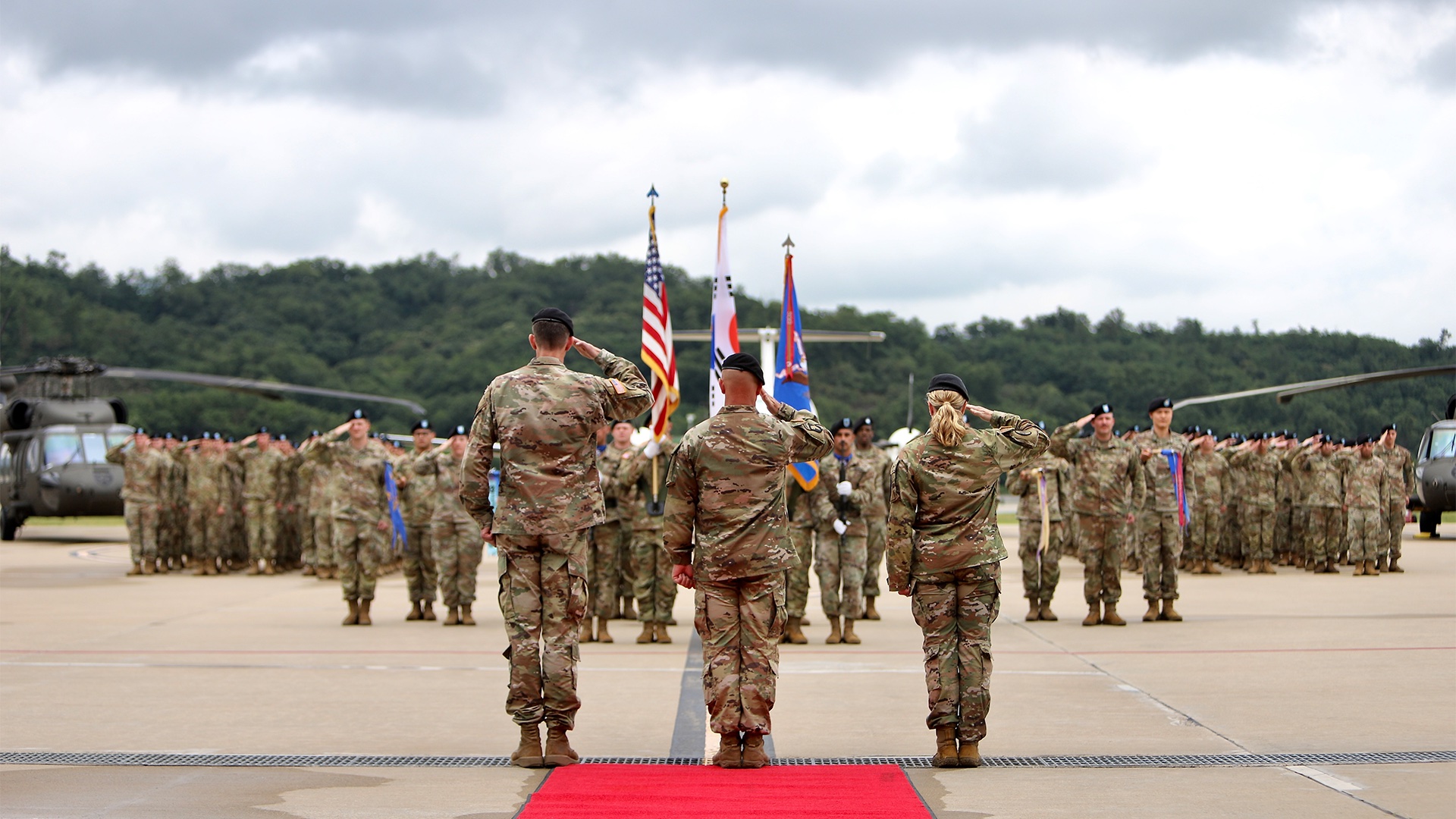I think what matters most about the structure, is what you intend the final structure's capability to be. With a Canadian Army hovering around 20,000 regulars and 15,000 reservists (those are very rough rounded off numbers you might be able to generate for a field force) the most you could ever deploy and marginally sustain would be a single division (say 20 - 23,000 all told). It would be more practical to generate and deploy a brigade (say 5,000) and the SSE, as is written, is for the deployment of battlegroups (1,5 - 2,500).
King IKnowNothing's intensions for the CA:
1. Expand eFP Latvia and sustain in perpetuity- Bde HQ for a multi-national Bde, fully manned and equipped LAV battalion, tank squadron, Cav squadron (1 & 5 tasking)
2. Be prepared to send a full Medium+Tank Bde to Europe in time of war (1&5 tasking)
3. Be prepared to send one LIB sized QRF anywhere as needed (2 tasking)
4. Be prepared to send and sustain a light - light mobility protected BG for non-near peer conflict (2 tasking)
Assumptions- ATGM, GBAD, SPG needs are met
2 CMBG-2 CLBG
Loses it's LAV's and the RCD. Pulls some sub-units from RCR to stand up a either a new light cav regiment or a new LIB (if light cav regiment is not deemed necessary). Pilots reserve reform to expand the Bde with PRes subunits in 70/30 battalions and a 10/90 4 or 5RCR. Receives the majority of CA TAPV's. Maintains the flexibility to provide all of leg/airborne/airmobile/ mobility protected wheeled. Has all the M777's in blend of Reg and PRes. Takes responsibility for all non NATO/peer fight taskings.
1 and 5 CMBG
Each with 3 Mech Battalions, 1 Cav Regiment, engineers, artillery attachments but no organic guns. Tanks pooled into one 85/15 (3 Reg squadrons, 1 PRes) total force tank regiment, SPG batteries and GBAD similarly pooled. Make use of reserves for individual augments and sub/sub unit gap filling of war-time type capabilities.
Each Lav Bn and Cav squadron falls into a 1 in 6 deployment rotation, Tanks 1 in 3 (half the duration?). The deployed tank squadron leaves one worth of tanks in Canada for the PRes to train on. For a war-time deployment the full tank regiment and all the guns are attached to the full (non eFP Latvia) CMBG remaining in Canada and shipped to deploy as a full intact Bde.
Multi-national Bde HQ becomes a semi-permanent separate entity.



:quality(70)/cloudfront-us-east-1.images.arcpublishing.com/mco/VF7SKKHR6NFLTDBL7SBULIEGDE.jpg)



